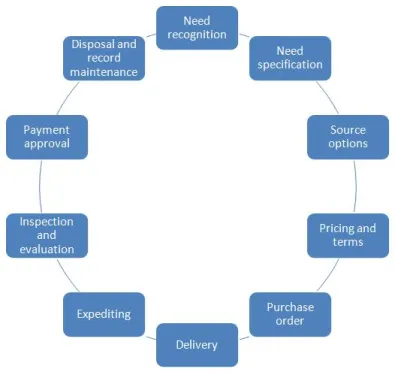Top Low-Code Automation Platforms: A Guide to Choosing the Right Solution
- donnariekepro
- Jul 26, 2024
- 3 min read
In today's rapidly evolving digital landscape, businesses are increasingly turning to low-code automation platforms to streamline operations, reduce development times, and empower non-technical users to create applications. Low-code platforms provide a user-friendly interface, allowing users to design and implement processes with minimal coding effort. This guide will help you navigate the top low-code automation platforms and choose the right solution for your needs.
What is Low-Code Automation?
Low-code automation platforms enable users to create applications and automate processes through graphical user interfaces and configuration rather than traditional hand-coded programming. These platforms reduce the complexity of application development, making it accessible to non-developers and accelerating the development cycle.
Benefits of Low-Code Automation Platforms
Accelerated Development: Low-code platforms allow for rapid prototyping and deployment of applications.
Cost-Effective: Reduces the need for extensive coding, cutting down on development and maintenance costs.
Scalability: Easily scalable to accommodate growing business needs.
Integration: Seamless integration with existing systems and third-party applications.
Empowerment: Empowers non-technical staff to participate in the development process.
Top Low-Code Automation Platforms
OutSystems OutSystems is a popular low-code platform known for its robust features, including full-stack visual development, single-click deployment, and built-in security. It offers a wide range of templates and components, making it easy to build complex applications. OutSystems also supports integration with various databases and external systems.
Mendix Mendix is a comprehensive low-code platform that focuses on delivering custom applications with speed and agility. It offers visual development tools, pre-built templates, and AI-driven suggestions to streamline development. Mendix also provides extensive support for mobile and web applications and integrates seamlessly with other enterprise systems.
Appian Appian is a versatile low-code automation platform that excels in workflow automation and process management. It offers a visual interface for designing workflows, business rules, and user interfaces. Appian’s strengths lie in its scalability, robust security features, and the ability to integrate with various data sources and applications.
Microsoft Power Apps Part of the Microsoft Power Platform, Power Apps is a low-code platform that integrates seamlessly with other Microsoft products like Office 365, Dynamics 365, and Azure. It offers a user-friendly interface for building apps and automating workflows. Power Apps is ideal for businesses already using Microsoft services and looking to extend their capabilities.
Zoho Creator Zoho Creator is a low-code platform known for its ease of use and affordability. It provides a drag-and-drop interface, pre-built templates, and integration capabilities with other Zoho products and third-party applications. Zoho Creator is suitable for small to medium-sized businesses looking to automate processes without a steep learning curve.
Choosing the Right Low-Code Platform
When selecting a low-code automation platform, consider the following factors:
Business Requirements: Identify the specific needs of your business and how a low-code platform can address them. Consider factors like scalability, integration, and the types of applications you need to build.
User Experience: Evaluate the ease of use and learning curve for your team. Choose a platform that aligns with your team's skill level and provides adequate support and training resources.
Integration Capabilities: Ensure the platform can seamlessly integrate with your existing systems and third-party applications.
Security and Compliance: Consider the security features and compliance standards of the platform, especially if you're dealing with sensitive data.
Cost and Licensing: Compare the pricing models and licensing options. Consider the total cost of ownership, including development, deployment, and maintenance.
Conclusion
Low-code automation platforms offer a powerful solution for businesses looking to streamline operations and accelerate development. By understanding the features and strengths of each platform, you can choose the right solution that aligns with your business goals and technical requirements. Whether you opt for Out Systems, Mendix, Appian, Microsoft Power Apps, or Zoho Creator, embracing low-code automation can significantly enhance your organization's efficiency and innovation. SITES WE SUPPORT
SOCIAL LINKS




Comments